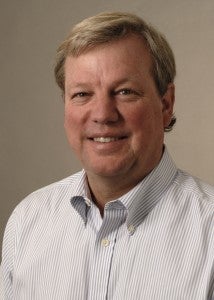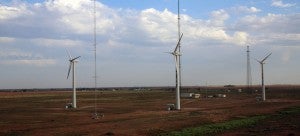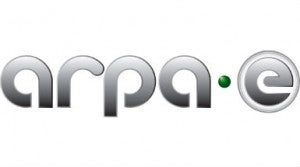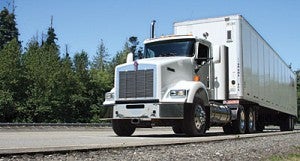This commentary, authored by James Lester, originally appeared on Cleantech Finance.
Last month, we discussed an influential new report by Ceres and the Investor Network on Climate Risk (INCR), Power Factor: Institutional Investors’ Policy Priorities Can Bring Energy Efficiency to Scale. The report detailed several policies that if put in place, could unlock broad-based financing from institutional investors for energy efficiency, a potential several hundred billion dollar investment opportunity.
Among the issues that prevent large scale energy efficiency financing, Ceres and others have found that there is no systematic method to measure the accuracy of the initial predicted energy and financial savings of each project. There is not a robust fundamental way to make sure the upgrades are performing after they have been completed. The Environmental Defense Fund (EDF) and a collection of expert partners are working to change that.
 EDF has worked with a variety of industry experts to design a straightforward set of protocols that define a clear road-map from efficiency opportunity to an investment quality project with reliable returns and access to markets. The project, known as the Investor Confidence Project (ICP) hopes to enable a market for investment quality energy efficiency projects, by reducing transaction costs and engineering overhead, while increasing the reliability and consistency of savings. Read More
EDF has worked with a variety of industry experts to design a straightforward set of protocols that define a clear road-map from efficiency opportunity to an investment quality project with reliable returns and access to markets. The project, known as the Investor Confidence Project (ICP) hopes to enable a market for investment quality energy efficiency projects, by reducing transaction costs and engineering overhead, while increasing the reliability and consistency of savings. Read More














